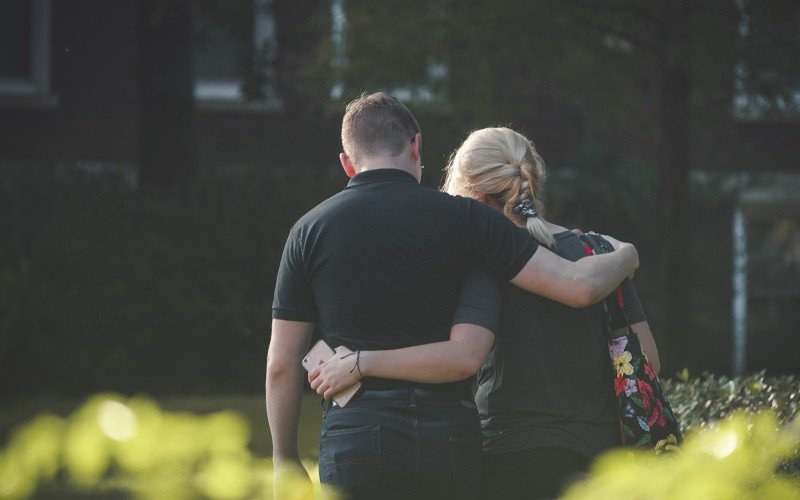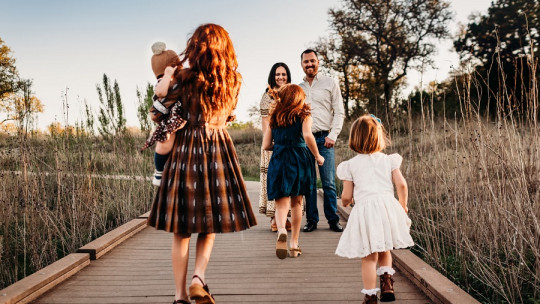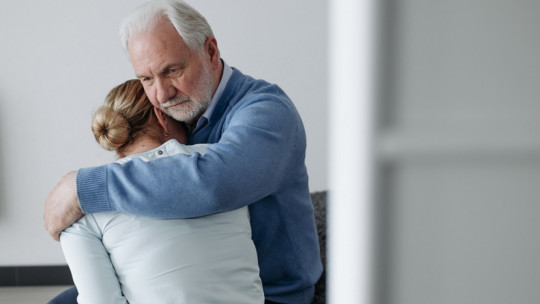
Surely you have heard about dependency within a couple and all the negative things that this entails. It is considered a breeding ground for tears, disappointments and, eventually, breakups. But, Have you ever considered whether there is a positive emotional dependence? Well, indeed, yes, it exists and is based on secure attachment.
When we talk about positive emotional dependence, we are referring to that perfect balance that must be found in a relationship between independence and dependence. Ultimately, either of these two extremes will end up being negative in the relationship. In short, it is normal to need attention, care, reciprocity and respect, and expecting your partner to offer you this does not mean that you are an emotionally dependent person. However, we must look for that intermediate point that we mentioned previously.
What is positive or functional emotional dependence?
When someone refers to a healthy relationship, they are talking about positive emotional dependency. But what exactly is this term? It is defined as the bond that develops between two people who are able to manage their individual emotions, as well as those of the other person. In practice, it would be offering mutual support and attending to the needs of the couple so that a safe and valid climate is created.
The opposite, known as dysfunctional emotional dependence, creates couples full of poor self-regulation and poor emotional management, which results in discomfort or certain discomfort during the time shared or imbalances in the times when one is not with the other person. This generates a lot of anxiety and leads to emotional concerns.
secure attachment
At the beginning, we commented that secure attachment is one of the pillars of positive emotional dependence. To understand, there is an attachment theory that differentiates between secure and insecure attachments. When we develop a secure attachment, we learn to identify, communicate and meet our needs, regulate our emotions, develop realistic beliefs about how the world works and ultimately, we learn about others and how to care for them. With this type of attachment, a balance is generated between my needs and those of the other. On the contrary, the dysfunctional emotional dependence that we observe in so many relationships is based on an insecure attachment, therefore, it is difficult to maintain healthy relationships and implies a greater risk of suffering violence in the couple.
In short, the secure attachment that we create from our childhood and that we subsequently transfer to our romantic relationships is based on the following characteristics:

How do I know if my relationship is based on positive emotional dependence?
At this point, you may be wondering if you have a positive emotional dependency within your relationship. In order to identify and respond to this, there are a series of key characteristics that we present below. Keep reading to find out if you identify with any of them.
First of all, there is an essential factor that is based on feeling safe and comfortable individually, not just with the other person. That is, with positive emotional dependence, well-being depends on oneself and not on our partner. So, When we are separated from the other person, we do not feel anxiety or emotional discomfort Basically, each partner feels safe and knows that the other person will return and therefore does not need to ruminate or worry about it. Quite the opposite occurs with dysfunctional emotional dependence, where due to insecure attachment, the moments in which the couple separates are experienced with great anguish and they are always afraid of abandonment or rejection.
Another vital point is communication. With this type of dependency, couples are completely aware of the needs of both their own and the other person. Therefore, these are identified and expressed assertively, in order to better manage differences. Going one step further, with communication, it is achieved that if, for example, one member of the couple is afraid, anguish or stressed due to any circumstance, the other party can serve as support to alleviate those more difficult states. After all, they are couples with a lot of emotional responsibility, and very capable of identifying, managing and communicating their emotions. Once again, in couples with a dysfunctional attachment, communication does not exist and, in fact, the other person is expected to be a fortune teller and therefore know the other person’s emotions and thoughts at all times.
Is it possible for positive emotional dependence to become negative?
It is curious to know if a healthy relationship, with positive emotional dependence, due to various circumstances, can take a 180 degree turn and become something completely dysfunctional. The answer is yes, Every relationship can go from functionality to dysfunction Therefore, it is of utmost importance to know certain indicators that could serve as alarms to know when a relationship is becoming dysfunctional. Below, we present some of them:
In conclusion…
It is important to aspire to a relationship with a positive emotional dependency, since problems, lack of understanding and imbalance are the causes of generating discomfort and discomfort in all those relationships with a dysfunctional dependency. After all, Happy couples are those who attend to the needs of the other without neglecting their own Therefore, do not hesitate to enjoy the care, validation and complicity of your loved one, but without leaving aside your own independence. Being two in a common project requires daily work, with a lot of commitment, respect, reciprocity and excellent communication.
From now on, remember that there is not only that toxic and dysfunctional dependence that we hear so much around us. There is the positive variant that leads to complete happiness within a relationship. Don’t forget that we are social beings, we need contact with others and therefore, we bond and this is when we all have basic needs so that these bonds are rewarding.








